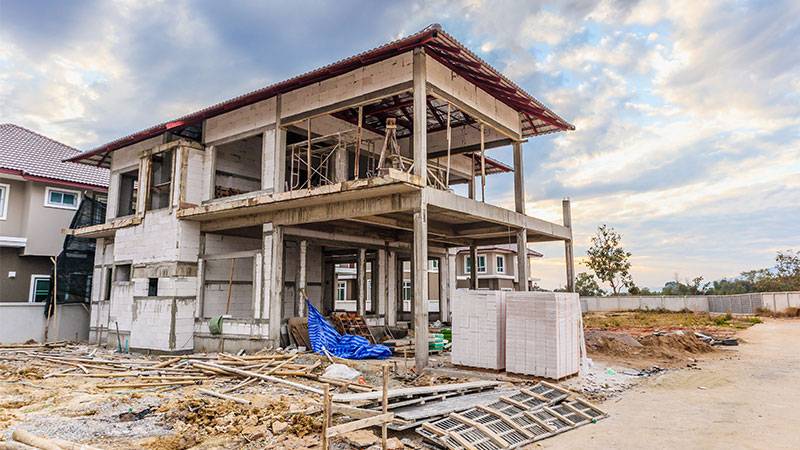As urban landscapes evolve, a new trend is reshaping the way we perceive and dismantle buildings. In a transformative move to reduce environmental impacts, several U.S. cities are pioneering ‘deconstruction,’ a method prioritizing the recycling and reuse of building materials. This approach is not only altering the fate of construction debris but also fostering a sustainable ethos within the industry.The crux of this eco-conscious shift lies in the disturbing reality that the construction and demolition of buildings account for a substantial portion of global waste and resource consumption. Recognizing this, cities like Portland, Oregon, have spearheaded regulations mandating the meticulous disassembly of structures, particularly historic homes. This method ensures that valuable materials, once destined for landfills, find new life in renovation and construction projects.Portland’s groundbreaking deconstruction ordinance, introduced in 2016, demands that pre-1940 single-family homes be methodically dismantled to salvage materials. Echoing Portland’s pioneering stance, cities from San Antonio to Pittsburgh have implemented similar policies. These ordinances not only preserve architectural heritage but also underscore the significance of sustainable building practices.Stephanie Phillips, spearheading San Antonio’s deconstruction and circular economy program, highlights the dual benefits of these initiatives: reducing waste and providing authentic materials for the restoration of historic buildings. However, the challenge isn’t merely in the dismantling but also in ensuring that the recovered materials are efficiently reintegrated into the construction ecosystem.
 Globally, the act of erecting new buildings and tearing down old ones consumes roughly a third of all resources extracted from the environment every year and produces just under a third of all the world’s waste. But several cities across the U.S. have begun to push the construction sector toward practices that keep materials out of the landfill.
Globally, the act of erecting new buildings and tearing down old ones consumes roughly a third of all resources extracted from the environment every year and produces just under a third of all the world’s waste. But several cities across the U.S. have begun to push the construction sector toward practices that keep materials out of the landfill.
While some cities have set impressive benchmarks, like Boulder, Colorado’s mandate to divert at least 75% of a building’s weight from landfills, the journey isn’t devoid of hurdles. Training, certification, and ensuring contractor compliance are pivotal to the success of these endeavors. For instance, Boulder’s ambitious goals are occasionally undermined by loopholes and a lack of robust contractor guidelines, leading to innovative yet questionable methods of meeting recycling targets.Despite these obstacles, the positive outcomes are undeniable. According to Grist, cities are witnessing substantial diversion rates, with places like San Antonio reporting an average recovery of 70% of a building’s weight. These figures are not just numbers but a testament to the potential of reshaping industry norms and consumer perceptions. The vision is clear: transform the way buildings are deconstructed, promote the reuse of materials, and pave the way for a sustainable architectural legacy.Organizations like the ReBuilding Center in Portland are at the forefront of this movement, providing a platform for salvaged materials to be repurposed at minimal costs. The establishment of facilities like San Antonio’s Material Innovation Center further exemplifies the commitment to finding innovative applications for these materials, ranging from public infrastructure to affordable housing solutions.Yet, the challenge of integrating salvaged materials into new projects persists. The reluctance of contractors to navigate through heaps of mismatched materials or doubts about the structural integrity of reused components often hampers progress. However, as cities like Boulder demonstrate the viability and resilience of structures built with salvaged materials, the industry’s skepticism is gradually diminishing.This paradigm shift in construction and demolition practices isn’t just a technical change but a cultural one. It’s about embracing a circular economy where every beam, brick, and tile has a story and a future. As more cities join this constructive revolution, the vision of a sustainable, waste-conscious urban landscape becomes an increasingly tangible reality.
More inspiring green news similar to this:


